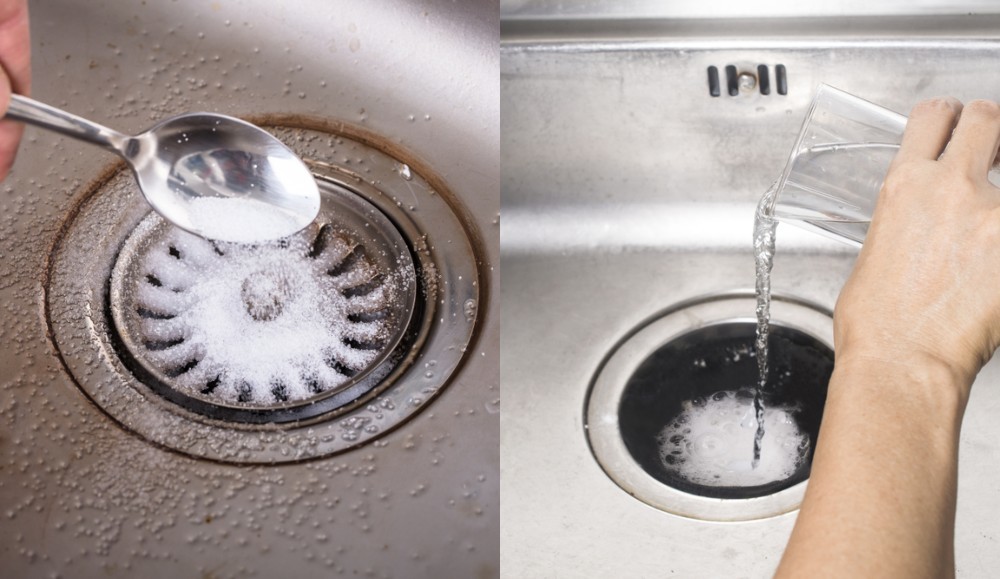
The introduction of indoor plumbing came with many modern conveniences, but it came with a few drawbacks as well.
Probably one of the most annoying of them all is clogged drains, whether it’s in your kitchen sink, shower or bathroom sink, chances are you’ve experienced this problem once or twice in your life.
Common Causes Of Clogged Drains & Sinks
There are many different things that can cause drains to become clogged. These often differ based on the location of the drain, meaning whether it’s your bathroom or kitchen.
Before you can solve the problem you have to know the cause so that it does not reoccur. Let’s delve a little deeper into the most common causes of clogged drains throughout the house.
In The Kitchen
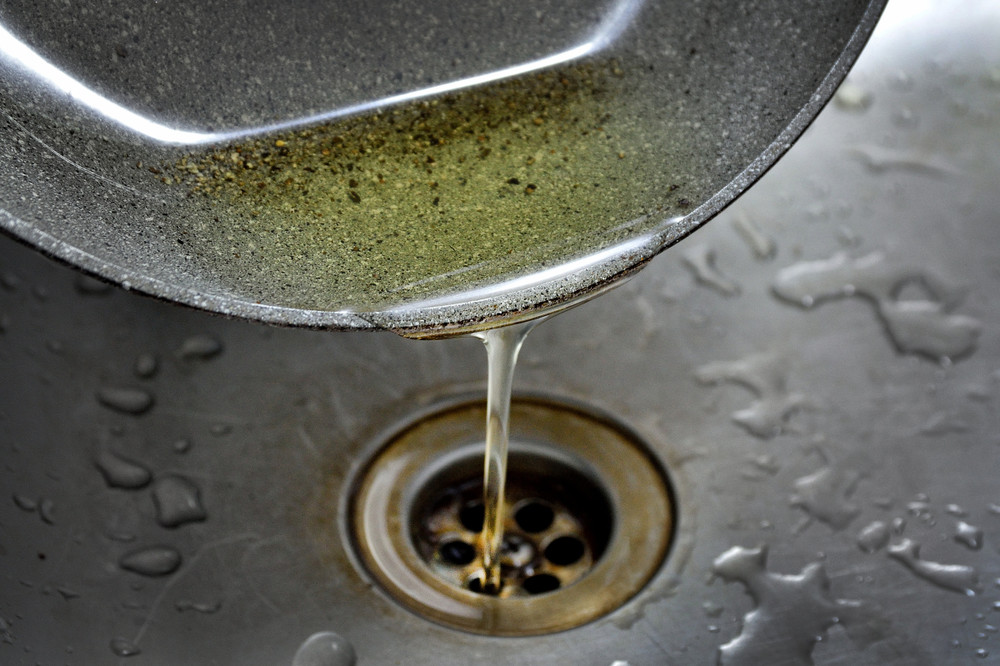
People tend to overestimate the limits of their garbage disposal, tossing any and everything down the sink and assuming it won’t cause any issues.
This is far from the case— your garbage disposal can only do so much and no more. If pushed over its limits, a garbage disposal can contribute to a backed up sink.
Fruit rind is a common cause of clogged kitchen drains, they are extremely hard to break down and if tossed down the disposal one too many times you could have a problem on your hands.
The same goes for starchy and/or fibrous foods such as potatoes, corn husks, asparagus, onion skin, and artichoke-just to name a few.
These can severely clog your drains because they tend to expand after a while, and wrap themselves around the blades of the garbage disposal, ultimately causing damage to the motor.
Other common culprits are oil and grease which most people don’t realize should never be thrown down the kitchen sink.
Not only do they coat the insides of the drain creating a smaller space for water to move freely, but they also build up in the drain over time causing a severe blockage.
Additionally, there seems to be a myth going around that eggshells actually sharpen the blades of garbage disposals. This is not true, do not throw eggshells down the drain or they will eventually cause a clog.
Garbage disposals can only handle soft, malleable foods such as cereal, rice, and certain types of fruits and vegetables. You should never put frozen items, seeds, and nuts, bones, meat gristle, etc. down your disposal. These are very hard to break down and can damage the blades of the garbage disposal and lead to clogged drains.
In The Bathroom
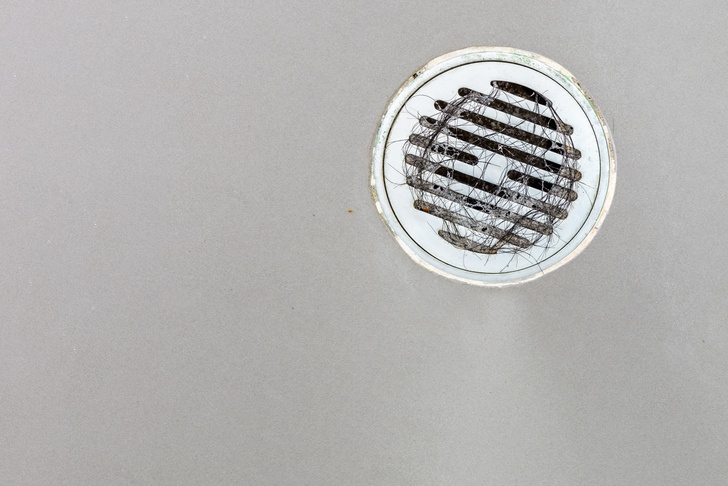
In the bathroom, you have two drains to contend with, the one connected to your sink basin and the one for your shower or bath.
The most common issues for sink drains are hair and dental floss. Many people wash their hair or their hairbrush in the sink, which is the obvious reason why this is such a common problem.
For shower drains hair is the most common perpetrator as well. A build-up of dirt and soap gunk can further exacerbate the problem.
Natural Ways To Unclog Your Drain
Knowing what to do and what not to do when it comes to your drains is one thing – always doing the right thing is more of a challenge.
It is likely that you will, at some point experience the frustration of a clogged drain. Don’t panic and don’t grab the chemicals.
Here are some non-toxic ways you can remedy a clogged drain.
1. Old Fashioned Plunge & Elbow Grease
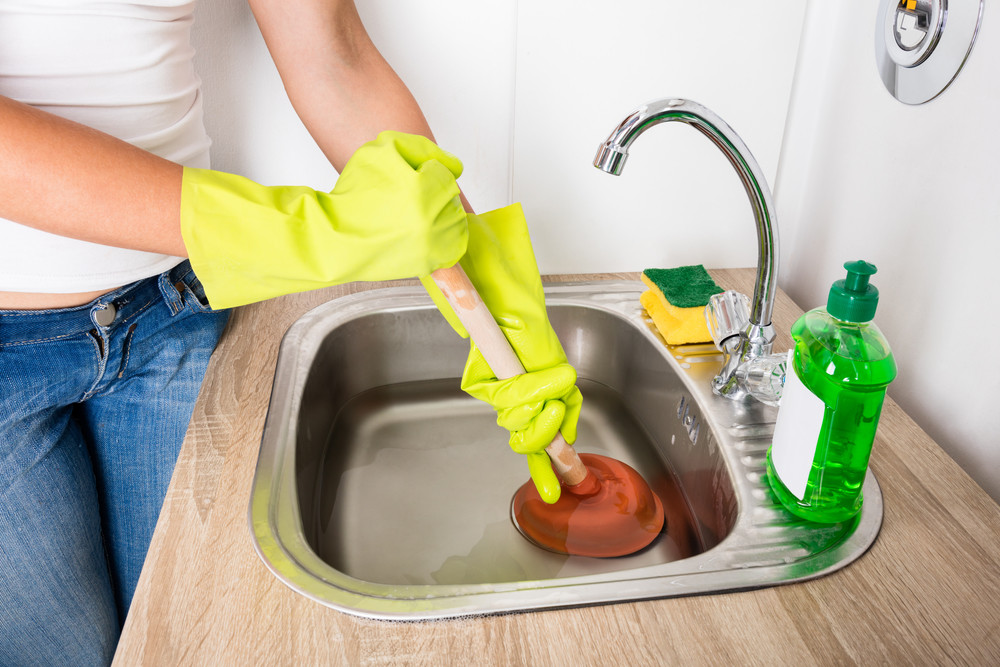
Sometimes what a clogged drain requires is something as simple as a good plunge or two.
Be sure that when you position the plunger you have a tight seal around the drain opening. Use some muscle to get a good sucking motion going.
Run hot water down the drain following plunging and keep trying for a while if you are not successful at first.
2. Vinegar & Baking Soda
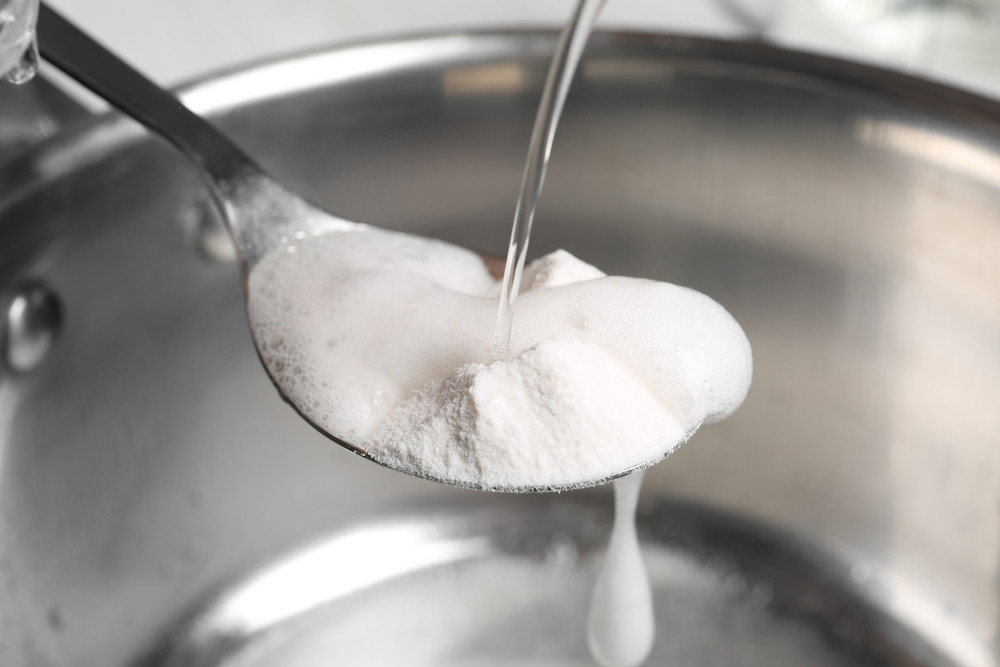
Vinegar and baking soda is the ultimate drain unclogger and a very cost-effective one at that!
The alkaline quality of the baking soda and the acidic content in vinegar makes for a good drain cleaner. Along with these products, you’ll need a pot of hot water. (Unless your drains are made of plastic, then warm water is best; hot water might melt the plastic pipes)
First, pour the hot water down the drain then pour a cup of baking soda down the drain as well. If you have a garbage disposal in your sink, turn it on for a few seconds to swirl around the baking soda. Then use a wet cloth to cover the top of the drain and let it sit for about 10 minutes.
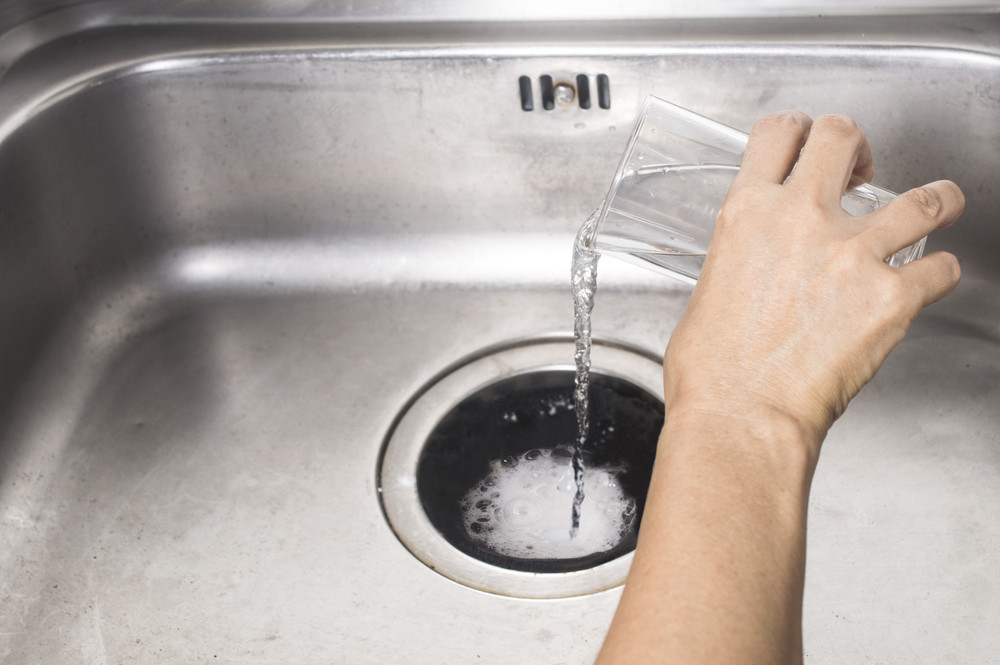
After 10 minutes pour a cup of vinegar down the drain and once again follow with a cup of hot water. Turn on your garbage disposal again for a few seconds; this should do the trick in dislodging any leftover particles still clinging to your drain. Repeat the process as needed.
Read Next: 11 Weird But Clever Uses For White Vinegar
3. Hydrogen Peroxide & Baking Soda
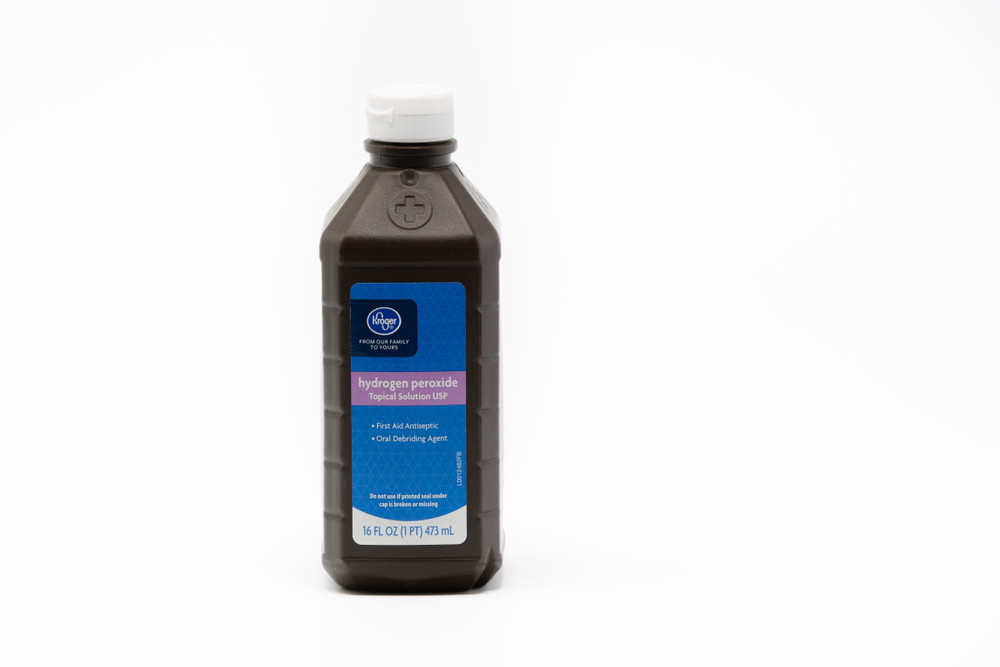
Most people keep a bottle of hydrogen peroxide in their bathroom – if you don’t, it’s a good idea to have one. You’ll also need baking soda for this one.
Add a tablespoon of baking soda to a cup of peroxide and pour it down the clogged drain.
You’ll notice some foaming; this is supposed to happen so don’t worry; it’s actually breaking up the clog. Let it sit for about 15 minutes then follow with hot water.
4. Wire Hanger
Another way to unclog your drain is to simply get something skinny enough into the area to pull out the source of the problem.
If you already have a ‘drain snake’ perfect, but if not, an old wire hanger will do the job.
You’ll need to straighten out the hanger then bend one end and insert into the drain. Keep moving it around inside the drain to either push down or pull out the source of the clog.
The curved end will hook any clogged hairs, strings or other debris that might be lurking inside your drain.
5. Dish Soap & Hot Water
Dish soaps contain grease fighting ingredients, so if grease, fat, and oils are the main culprits for your clogged kitchen drain, then this method should prove effective.
Pour some soap directly down the drain then follow up with some hot water. This should take care of the oily clogs and you can repeat this process once per week.
6. Salt, Lemon & Vinegar
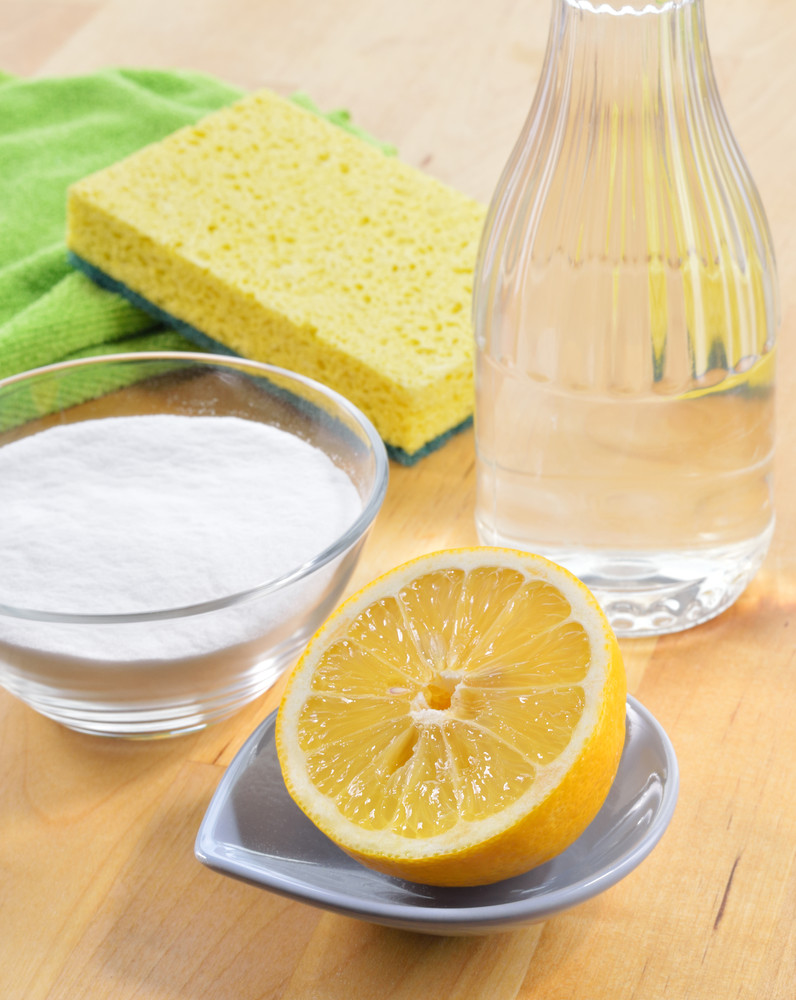
Salt, lemon, and vinegar are a powerful drain-cleaning trio. You can actually use the salt on its own to clear up simple clogs as well; because salt is so coarse it can help to scrub the inside of the drain pipes. Just pour a half cup down the drain followed by some hot water then let it sit for a while and rinse with warm water from the tap.
To use salt, lemon, and vinegar, you’ll need equal parts salt and vinegar (1 cup each). Pour both ingredients into a bowl and mix together, then add about a half cup of lemon juice to the mixture and stir.
Remember that you don’t want a thick paste you want it to be liquidy so that you can pour it down the drain. Add a little more lemon juice if the mixture is too thick.
Next, pour the mixture down the drain and allow it to sit for 15-30 minutes depending on the severity of the clog. When the time is up, follow up with a cup of hot water.
This is a very effective method even for stubborn clogs because the acidity in the lemon can really strip away, grime, grease, dirt and any other hard to remove substances. Not to mention the fact that this mixture leaves your drain smelling fresh and clean.
7. Wet/Dry Vacuum
Using a wet/dry vac can work on minor clogs in sinks. Keep in mind that any old vacuum won’t do, it must have the ‘liquid’ setting option or it will not work.
Follow these steps to use positive air pressure to break up the clog:
- Gather some old towels so that you are prepared for any mess.
- Remove the vacuum hose and place it into the “blow” or “exhaust” hole.
- Stick the other end into the drain. Form as tight of a seal as you can.
- Turn on the vacuum.
- If this method does not work switch the hose back to the sucking position and go back and forth between the sucking position and the exhaust position. This makes the vacuum act like a plunger,
- If there doesn’t seem to be any change in the drain’s water flow, then you are going to want to switch the air hose to the suck position. By switching the position of the hose back and forth several times, you are going to be simulating the action of a plunger, but with greater force.
8. Clean The Pipe
Sometimes, especially with disposals, the drain just needs to be disconnected and cleaned. This is the hardest and messiest option on the list, but also one of the most effective options.
You’ll need a pair of gloves, a bucket, and a wrench. Place the empty bucket underneath the pipe– directly below your sink. Then loosen the slip nuts with the wrench. Once you remove that section of the pipe, water will pour into the bucket.
Clean out the built-up dirt and gunk from the pipe and rinse with warm water. Reattach the piece that was removed and your pipe problems should be solved.
Remember that once your drains are clean, the aim is to keep them that way. Avoid putting things down the drain that don’t belong there, put a hair trap on your sinks and especially in your shower and regularly run baking soda and vinegar down your drains to keep them clean.
You will be amazed at how far a little prevention goes.
Safety Precaution:
Always wear protective gear even though you’re handling natural products. Always wear protective gloves, and when dealing with hot water use a pot holder to protect your hands from the heat. Also, keep your face away from drain cleaning mixtures, even natural ones.
